Infrastructure development in Australia is ramping up as the nation builds its way out of the pandemic downturns.
Network expansions, new metro lines, public transport systems linking suburbs, rail stations, a new international airport ... transport infrastructure investment and construction across Australia is running at record highs.
Here are 10 of the most significant projects under way and their progress to date.
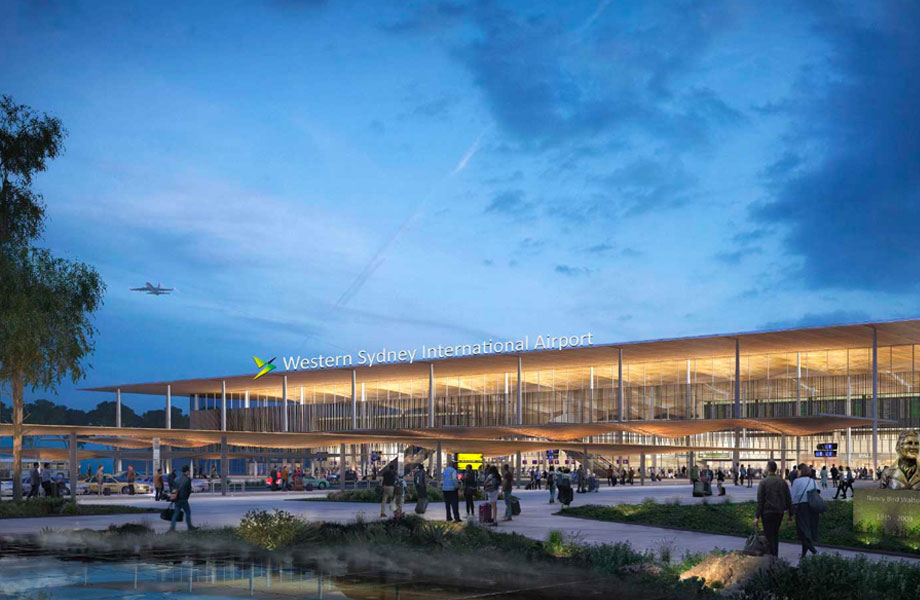
Located at Badgerys Creek in Western Sydney, the Nancy-Bird Walton airport is one of Australia’s largest infrastructure projects.
The federal government is investing up to $5.3 billion to deliver the airport through the government-owned Western Sydney Airport company.
The airport is 44km west of the Sydney CBD and 41 km west of Sydney Kingsford Smith Airport.
Initial earthworks on the 1800ha site began in 2018, while major earthworks began in 2020.
Over 20 million cubic metres of earth has been removed to make way for the beginnings of the airport’s 3.7km runway.
The airport is due to open in 2026 and is expected to support 28,000 direct and indirect jobs by 2031. Once realised, it will have a capacity to manage nearly 10 million passengers annually.
The full-service airport, designed by London-based Zaha Hadid Architects and Australian firm Cox, will operate curfew-free, delivering international, domestic and freight services.
Work on the international airport commenced earlier this year with three shortlisted contractors announced for the coming project.
The airport will use recycled materials, such as crushed sandstone, from other Sydney projects to reduce its environmental impact.
Commencement date: 2021
Builder: Lendlease-CPB Joint Venture, Multiplex Constructions, Watpac Construction
Gross development value: $5.3 billion
Status: Under construction
Estimated completion: 2026
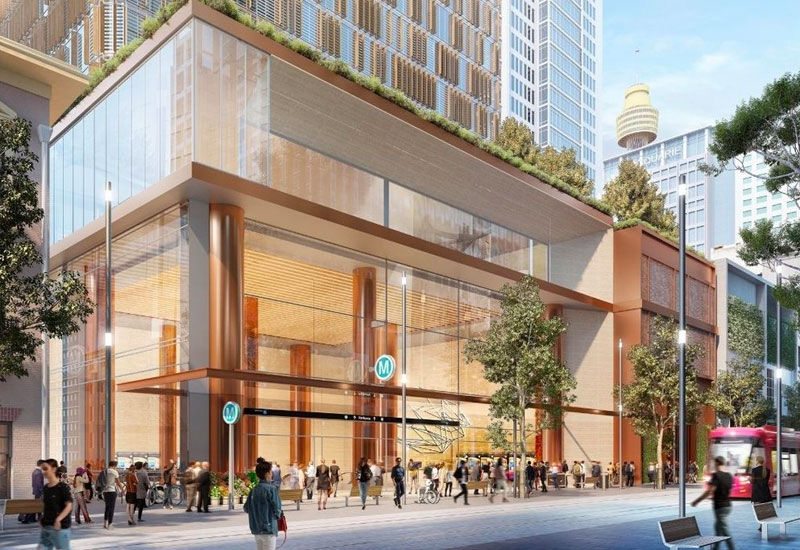
Sydney is on track to deliver 31 metro stations and more than 66km of rail as part of its new metro network.
By the end of the decade, the network will be expanded to include 46 stations and more than 113km of world-class metro for Sydney.
The first stage of the Sydney Metro was a 36km underground rail network. Stage one was completed and opened in the first half of 2019 with a metro train arriving every four minutes during peak periods.
Along with the rail infrastructure, the project also includes the construction of eight new metro stations, five upgraded stations and 4000 commuter car spaces.
The second stage of the Sydney Metro will be a 30km extension of metro rail from the end of Sydney Metro Northwest to Chatswood under Sydney Harbour, through the new CBD stations and south west to Bankstown.
That portion of the project will comprise twin 3.5km tunnels from The Bays to the CBD, under Johnstons Bay and Darling Harbour, as well as excavating Hunter and Pyrmont Street stations.
The 2020-21 NSW Budget allocated $8.3 billion over the forward estimates for Sydney Metro City and Southwest, including $2.7 billion this year.
More than 2400 railway sleepers have been laid and 4200 tonnes of concrete has been poured to complete the 800m section of track in both tunnels under Sydney Harbour.
More than 4000 tonnes of Australian steel will be used for the 31km of tracks from Chatswood to Sydenham, including 200 tonnes under the harbour.
Commencement date: 2010
Builder: John Holland and CIMIC Group company CPB Contractors
Gross development value: $12 billion
Status: Under construction
Estimated completion: 2024
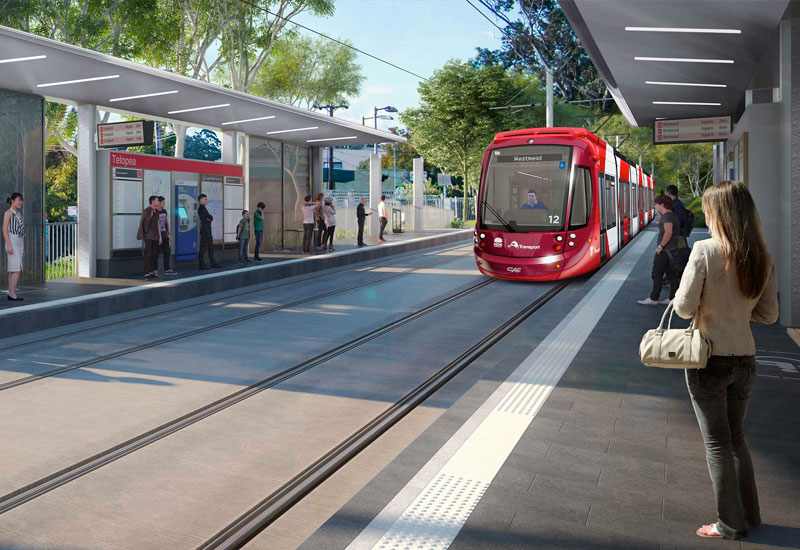
The Parramatta Light Rail (unofficially referred to as the Western Sydney Light Rail) is a 12km light rail line currently under construction.
While it adds to the Sydney light rail network, this line is seperate to existing lines. It is being managed by Transport for NSW.
Stage one of the Parramatta Light Rail links Westmead to Carlingford via the Parramatta CBD and Camellia.
The light rail connects some of Parramatta’s busiest regions, including the Westmead Precinct, the new Western Sydney Stadium, the new Powerhouse Museum and three Western Sydney University campuses.
Joint venture CPB Contractors and Downer began constructing stage one in 2018 with the project's expected completion in 2023.
Stage two of the project is still in the planning phase but will continue the light rail east of Sydney Olympic Park.
Major construction of stage one of the Parramatta Light Rail is under way, with more than 50 per cent of tracks laid across the 12km alignment.
From 2023, the Parramatta Light Rail will connect Westmead to Carlingford via the Parramatta CBD and Camellia.
The light rail project will be the first in NSW to have ‘grass track’, with the project achieving an Infrastructure Sustainability Council of Australia (ISCA) ‘Leading’ rating for design, demonstrating its commitment to achieve sustainable outcomes throughout the delivery of light rail.
The project will achieve a 36 per cent reduction in carbon emissions through construction and operations by designing areas with a wire-free system, using supplementary and recycled materials in concrete and asphalt and re-using existing rail, sleepers and ballast.
Commencement date: 2020
Builder: CPB Contractors
Gross development value: $2.4 billion
Status: Under construction
Estimated completion: 2023
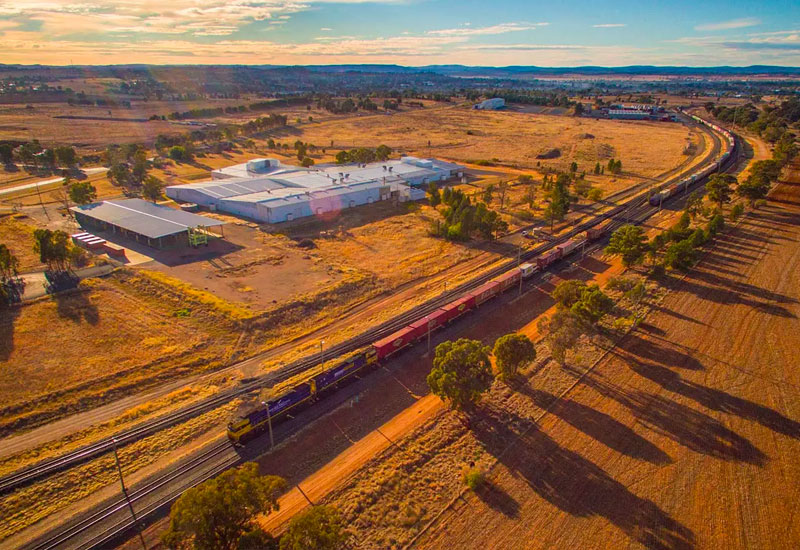
The Melbourne-to-Brisbane Inland Rail will create a new direct rail freight link through eastern Australia connecting farms, mines, cities and ports to global markets.
Currently, the Melbourne-to-Brisbane Inland Rail has been divided into 13 projects across 36 local government areas in Victoria, New South Wales and Queensland.
It is projected that each train on the 1700km link between Melbourne and Brisbane would remove from the road 150 semi-trailers, each of which uses about 600 litres of diesel.
The infrastructure project will upgrade 1100km of existing rail line and build 600km of new track to connect missing links between Melbourne and Brisbane.
The track will enable the use of double-stacked, 1800m-long trains with a 21-tonne axle load at a maximum speed of 115km/h, allowing for the transit of greater freight volumes.
The project will require 467,000 tonnes of steel and 1,300,000 cubic metres of concrete to build and includes construction of a 6.2km tunnel through the steep terrain of the Toowoomba Range; the largest diameter diesel freight tunnel in the southern hemisphere.
The first stage of the project, Parkes to Narromine, was completed in a joint venture by Fulton Hogan and BMD Constructions.
The second stage—Narrabri to North Star—is in early stage works with a contract awarded to the John Holland and SEE Civil joint venture, Trans4m Rail.
Commencement date: 2018
Builder: Australian Rail Track Corporation
Gross development value: $10 billion
Status: Planning (second stage)
Estimated completion: 2025
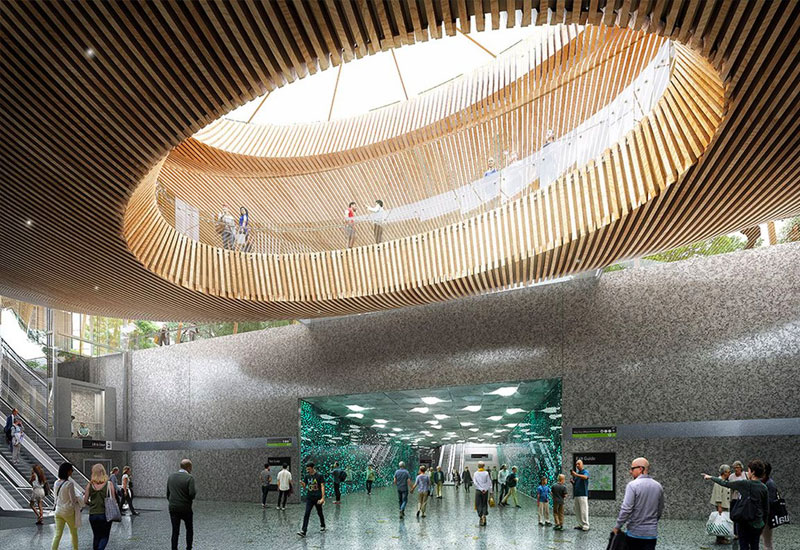
Melbourne's busiest train lines will now pass through a new tunnel under the city.
The Melbourne Metro Tunnel will create a new end-to-end rail line from Sunbury in the west to Cranbourne-Pakenham in the south-east.
The Victorian government-led project will result in the creation of a twin 9km tunnel running from Kensington to South Yarra and five new underground stations at Arden, Parkville, CBD North, CBD South and Domain.
The new infrastructure project, which aims to free bottlenecks in the City Loop, will allow an additional 19 train services to operate across the network during peak periods.
More than half a million extra passengers will be able to use Melbourne’s rail network every week, and save commuters up to 50 minutes each day on their journey.
The transport project was earmarked to be completed by 2025, however, costs have been rumoured to already have blown out by as much as $3 billion, partially due to the scope of the project being widened and unexpected technical risks.
The concept designs for Town Hall, Arden, Parkville, State Library and Anzac stations have been created in a collaboration between Hassell, Weston Williamson and Rogers Stirk Harbour and Partners.
In early 2020, the first leg of tunnelling from North Melbourne to Kensington was complete. The full Melbourne Metro Tunnel Project will be completed by 2026.
Commencement date: 2018
Builder: The Rail Infrastructure Alliance (RIA), comprising John Holland, CPB Contractors and AECO
Gross development value: $13.7 billion
Status: Under construction
Estimated completion: 2026
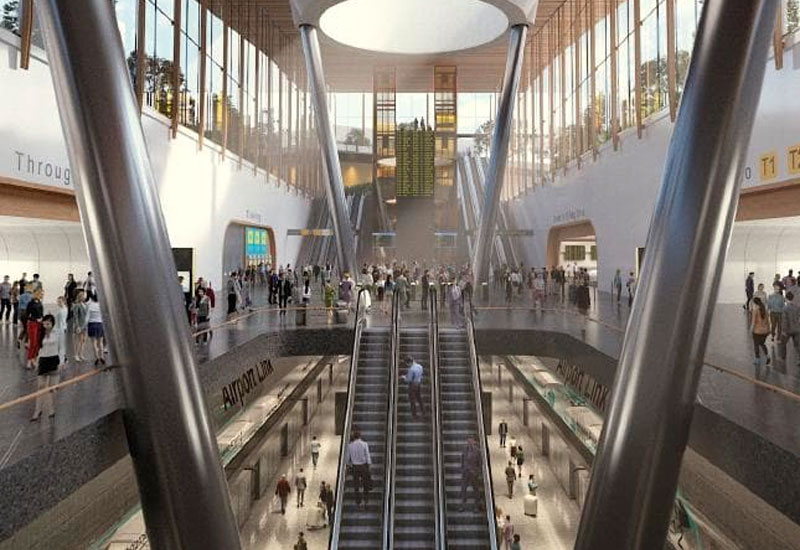
A rail link to Melbourne Airport has been proposed in multiple forms at various times in the history of the airport.
Most such proposals have been for a heavy rail line between Melbourne Airport at Tullamarine and the Melbourne CBD, often as an integrated component of the Melbourne rail network.
In 2018, it was predicted that 67 million passengers would travel through Melbourne Airport by 2038. Melbourne Airport Rail aims to both cater to this demand and reduce congestion on roads towards the airport.
In 2018, the Victorian government announced its intention to proceed with one such proposal, a 27km link via Sunshine.
A preliminary business case was completed later that year, and in early 2019, the federal government agreed to partially fund the project.
The project involves laying around 13km of track between Melbourne Airport and Sunshine Station in Melbourne’s west, and adjacent to the existing Albion-Jacana freight corridor.
After reaching Sunshine, Melbourne Airport Rail will connect into the heart of Melbourne’s CBD via the new Metro Tunnel.
Critical utilities such as water, gas and electricity will be relocated along the Melbourne Airport Rail route as part of another package of works now released to the market.
Construction for early works is targeted to start next year, subject to all relevant approvals.
Commencement date: 2022
Builder: AirRail Melbourne
Gross development value: $5 billion
Status: Planning
Estimated completion: 2029
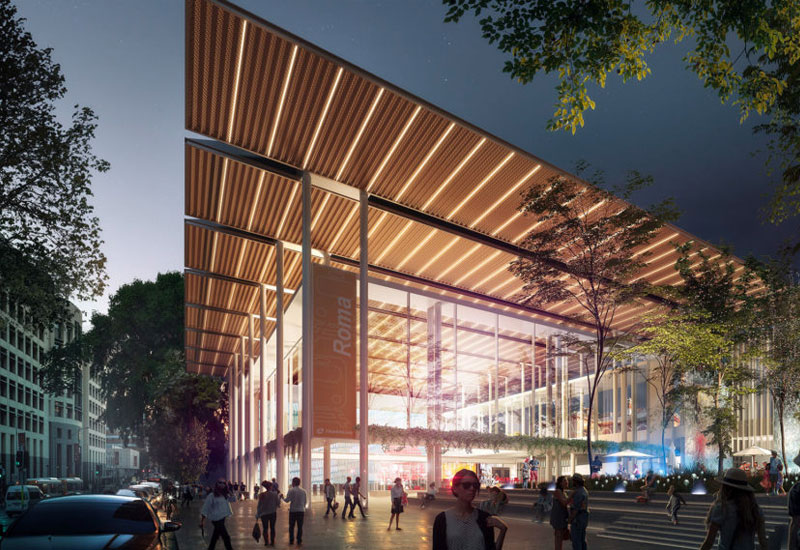
Construction on Queensland's biggest infrastructure project, the $5.4-billion Cross River Rail is quickly taking shape.
The state government-led project will comprise a 10.2km rail line which will run from Dutton Park in Brisbane's southern suburbs to Bowen Hills in the city's north, with a 5.9km tunnel under the CBD.
The project, overseen by the The Pulse consortium, will deliver four underground stations at Boggo Road, Woolloongabba, Albert Street and Roma Street, as well as eight upgraded stations across Brisbane's fringes and three new Gold Coast stations at Pimpama, Helensvale North and Merrimac.
The $750-million rail, integration and systems alliance contract was won by the Unity Alliance which brings together CPB Contractors, UGL, AECOM and Jacobs, and partners Hassel, RCS Australia, Acmena, Martinus Rail and Wired Overhead Solutions.
Hitachi Rail will bring a $634-million European Train Control System to the project, which will improve the safety and service frequency in the entire city rail network upon completion.
The project's main aim is to unblock the commuter bottleneck within a city which is rapidly growing along its famous winding river.
Demand for Brisbane's rail services is forecasted to double by 2026, and triple by 2036 and the project seeks to respond to these pressures.
Construction is currently underway at all of the project’s main station sites, with tunnelling commencing in March 2020 at the Cross River Rail’s Roma Street site.
In November, two 115-tonne roadheaders broke through into the cavern of the future Boggo Road station two months ahead of schedule.
The roadheaders finished carving Cross River Rail’s tunnels towards Boggo Road in September, having advanced about 30 metres a week through hard rock.
Commencement date: 2019
Builder: CIMIC Group companies, Pacific Partnerships, CPB Contractors, and UGL
Gross development value: $5.5 billion
Status: Under construction
Estimated completion: 2024
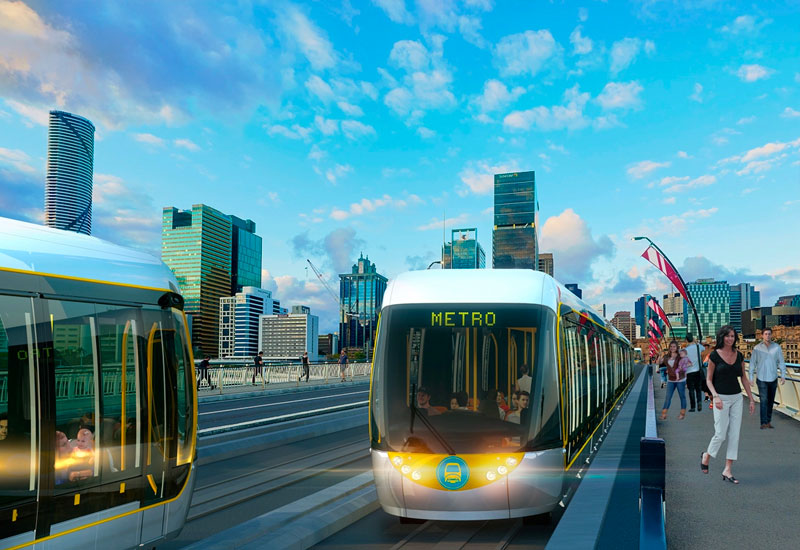
Brisbane Metro will run on 21km of existing busway by using speciality metro vehicles that can run alongside buses. Each vehicle will have a 150-person capacity.
Originally planned to be operated by driverless trains, in March 2017 it was revised to operate with high capacity bi-articulated buses, reducing the cost by one-third.
The new route will service 18 stations, upgrade 17 existing stations, including ticketing improvements to speed up boarding interchange opportunities at 11 locations.
The project will feature two new high-frequency, high-capacity metro lines; between Eight Mile Plains busway station to Roma Street busway station and the RBWH busway station to UQ Lakes busway station.
It will also include a new underground station will be constructed at the cultural centre.
The project will enable high-frequency services every three minutes in peak periods on weekdays, with a metro every 90 seconds between Roma Street and Mater Hill busway stations.
Up to 60 special designed bi-articulated buses that have the capacity to carry up to 150 passengers, capable of using the existing busway infrastructure alongside regular bus services will be used.
Metro buses will be 24-metres long and visually resemble a tram or light rail vehicle.
Commencement date: 2019
Builder: The Brisbane City Council
Gross development value: $1-billion
Status: Under construction
Estimated completion: 2023
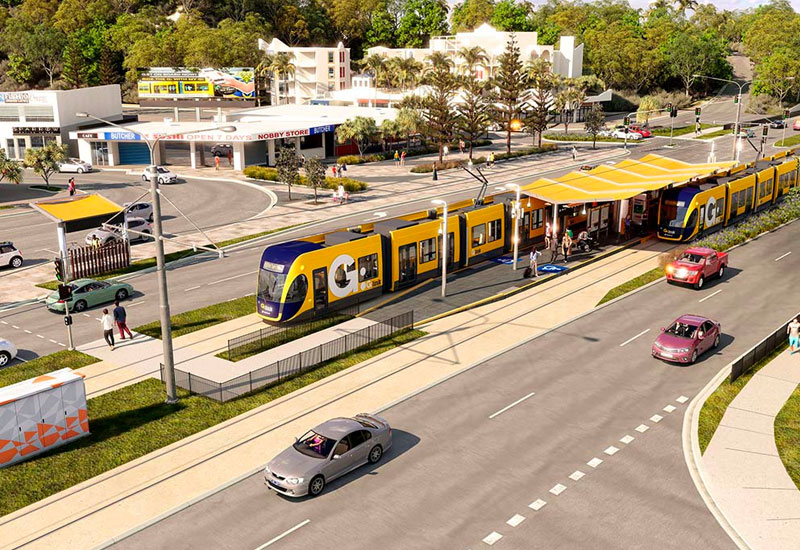
Stage one of the project had an estimated cost of $1.6 billion and consisted of 13km of track being laid between the Gold Coast University Hospital and Broadbeach South with 16 stations placed along the track.
The first stage was completed in 2014 and has been lauded as a success.
Stage two extended the network to the Helensvale railway station, providing a connection with the Gold Coast-Brisbane heavy rail line.
Stage 3A is currently in planning—the project is set to cost $709 million and has had funding fast-tracked to bring the construction start date forward a year.
It will involve 6.7km of new light rail tracks and eight new light rail stations connecting the current Broadbeach South station and Burleigh Heads.
Stage three early works are progressing on schedule, with onsite investigations and design activities well advanced.
Pre-construction work has been done at both ends of the corridor. On the northern end, just south of Broadbeach South station, light rail contractor John Holland has set up a site compound.
Community consultation has begun for the 13km stage four extension from Burleigh Heads to Tugun and the airport at Coolangatta.
Commencement date: 2016
Builder: GoldLinq consortium; Bombardier Transportation, Downer EDI, Keolis, McConnell Dowell and Plenary Group
Gross development value: $1 billion
Status: Under construction
Estimated completion: 2023
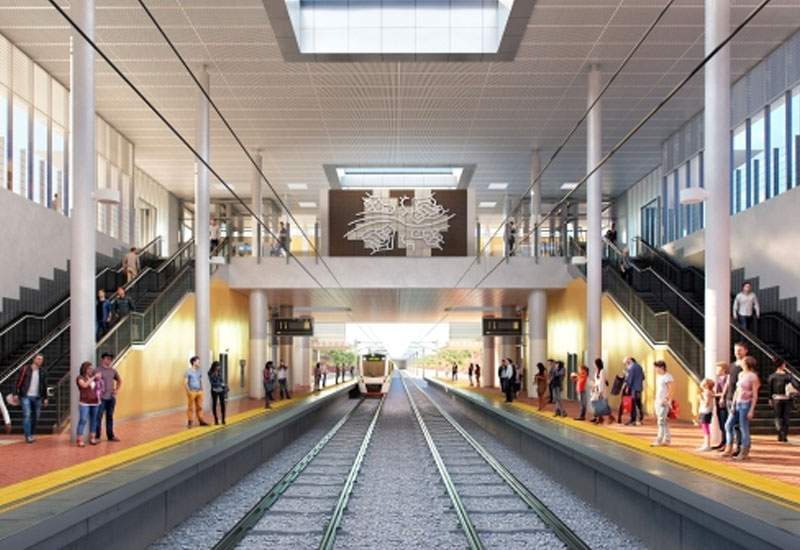
Metronet is Western Australia’s governing body for Perth’s biggest rail project and manages multiple projects, including new railway lines, extensions, station construction and upgrades, level crossing removal and signalling.
Once completed, the project will deliver 78km of new passenger rail as well as 18 new stations.
Construction is under way on the 8.5km Forrestfield-Airport Link with stations at Redcliffe, Airport Central and High Wycombe, and the 21km Morley–Ellenbrook line with stations at Morley, Noranda, Malaga, Whiteman Park and Ellenbrook.
New stations include the rebuilding of Bayswater Station, relocating Midland Station, construction of Lakelands Station and Karnup Station as well as a multi-storey car park at Mandurah Station and upgrades to Claremont Station.
In early August 2020, the first kilometre of the $1.86-billion. 8km Metronet Forrestfield-Airport Link rail was laid, following the completion of tunnelling in April.
Following this breakthrough in the project, the Western Australian government awarded a $36-million contract for Metronet tracklaying work at Claremont Station.
There have also been ongoing contracts and procurements for portions of the project, with the latest Request for Proposal focusing on starting work on the Byford Rail Extension, with the main contract to be awarded in mid-2021.
The Midland, Bayswater and Forrestfield station precincts have also been combined into a redevelopment area known as the Metronet East Redevelopment Area.
Commencement date: 2020
Builder: CPB Contractors
Gross development value: $4.1 billion
Status: Under construction
Estimated completion: 2030